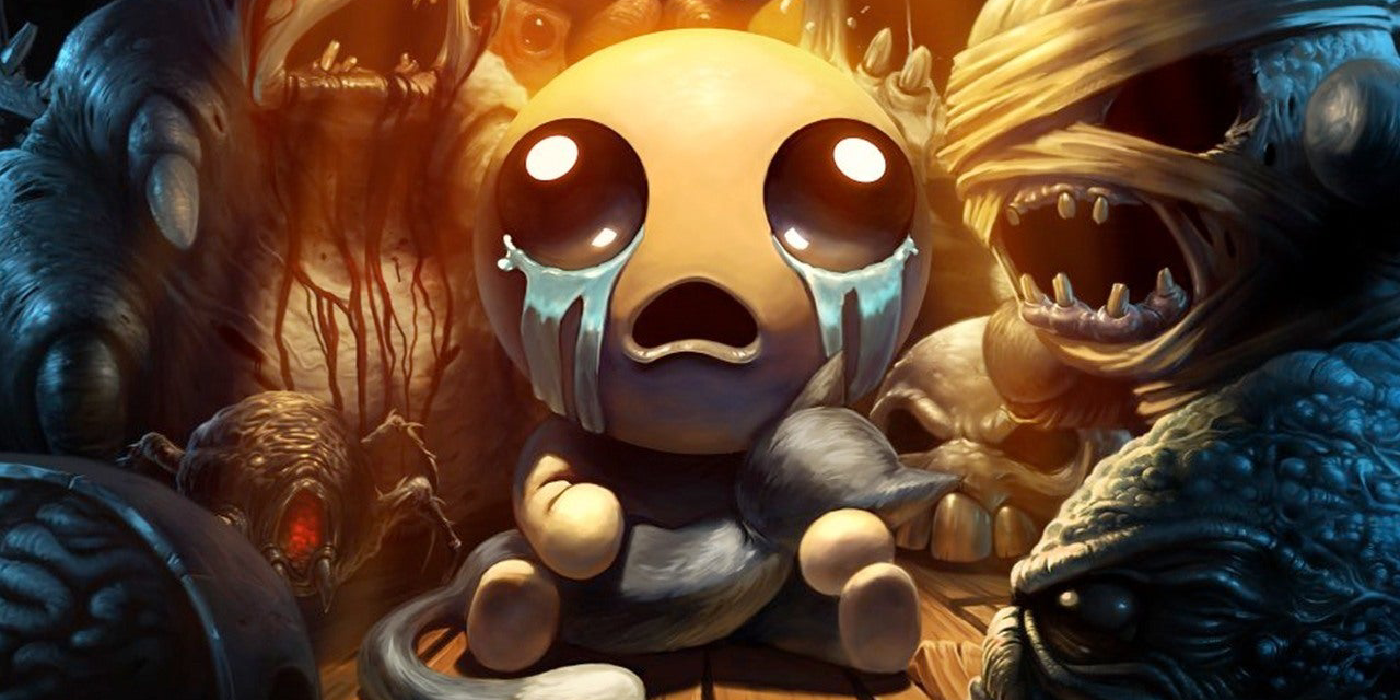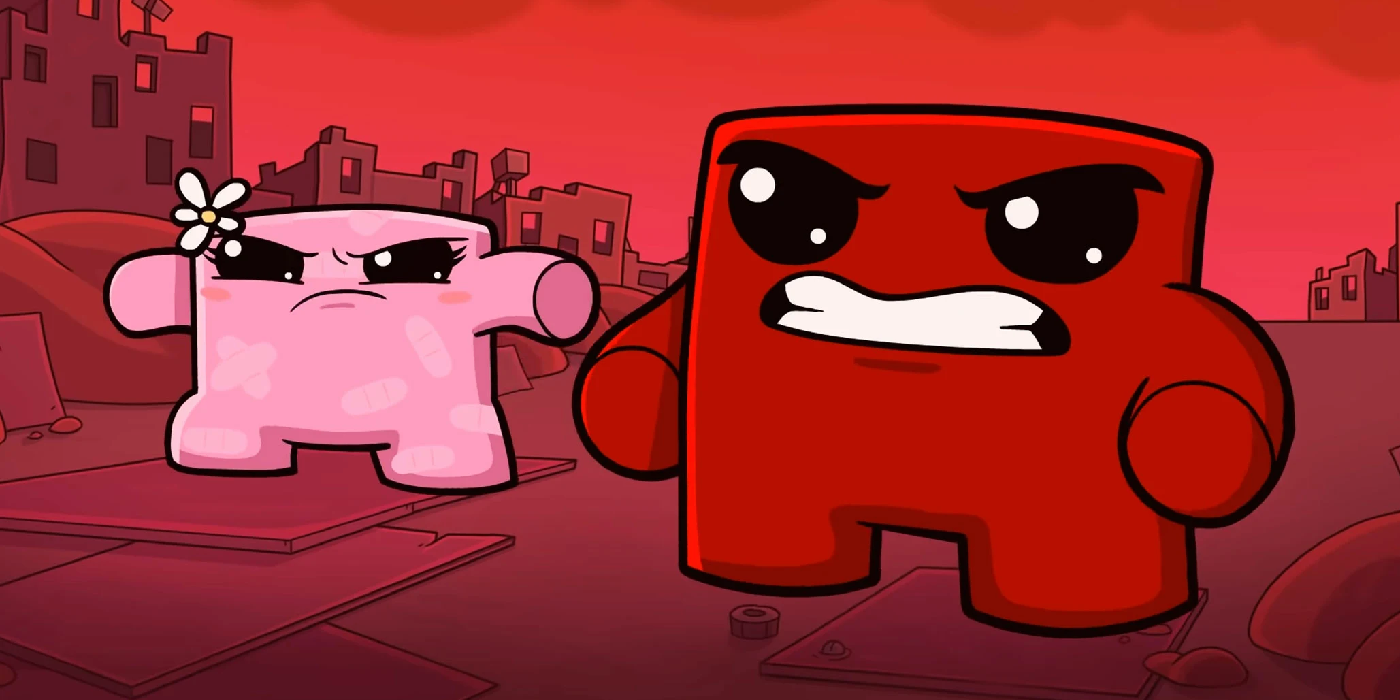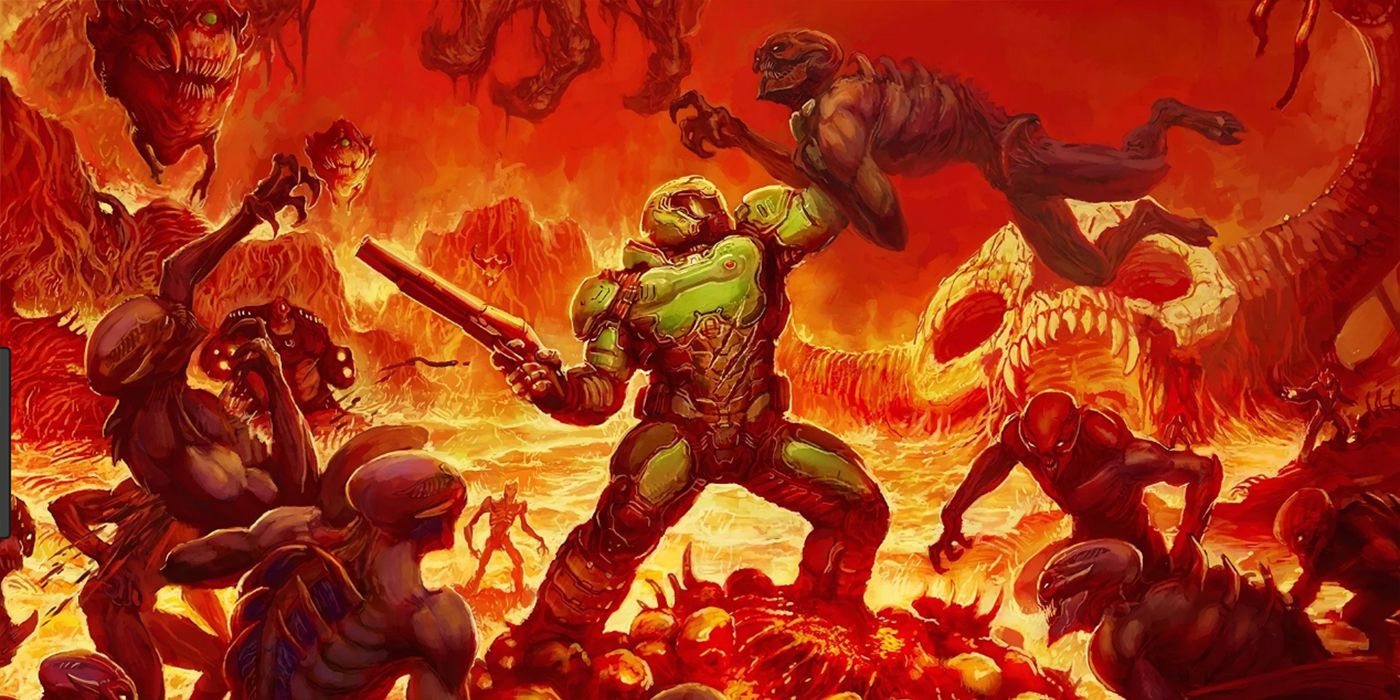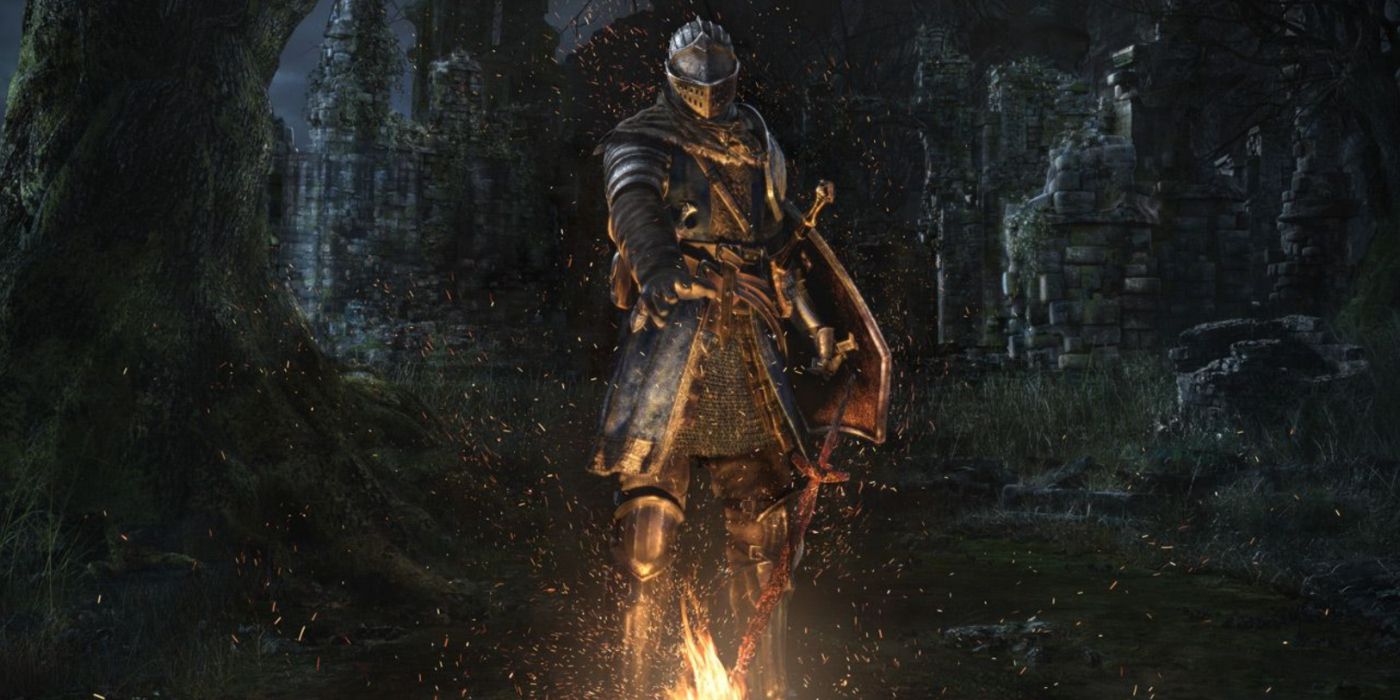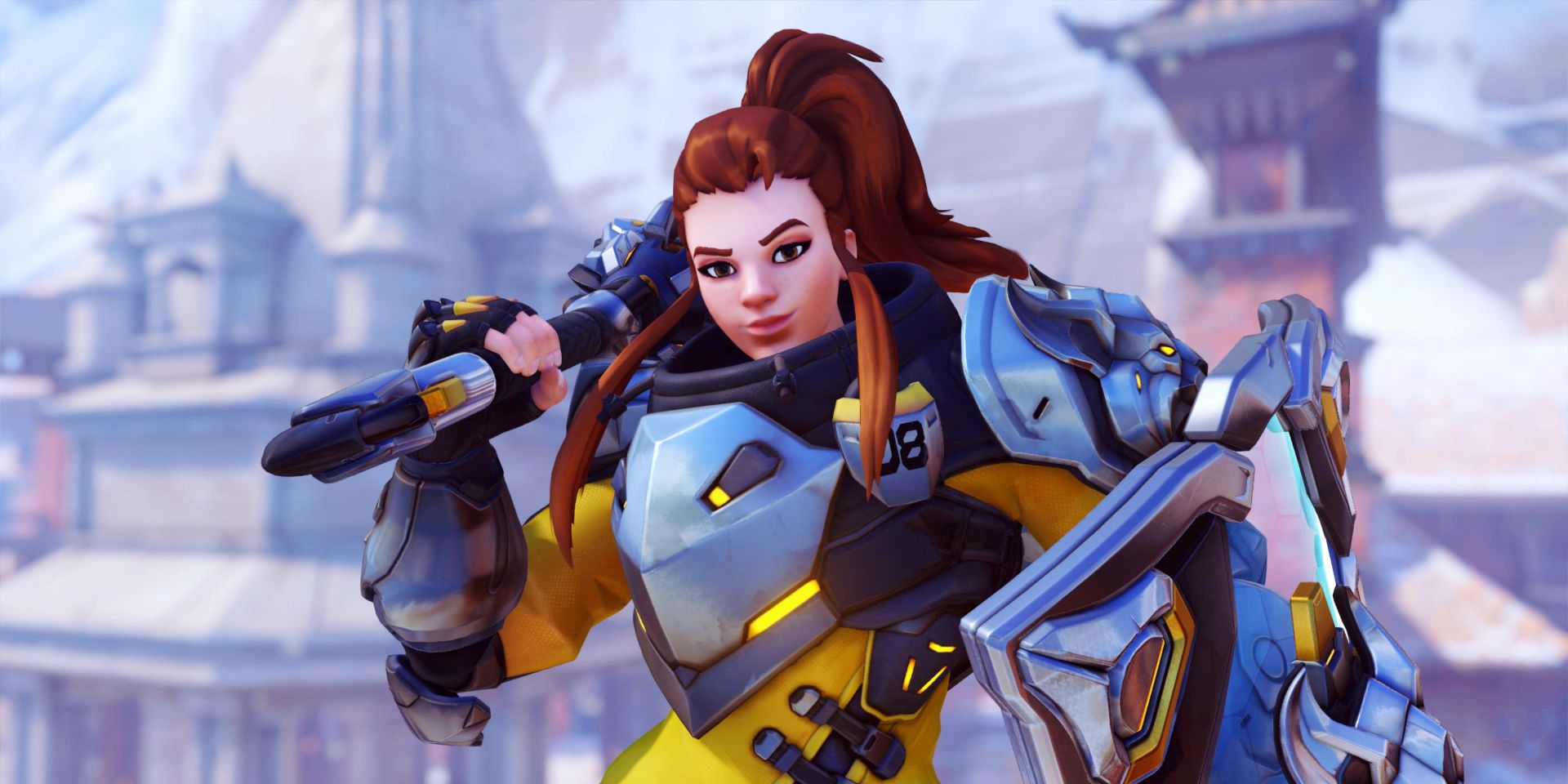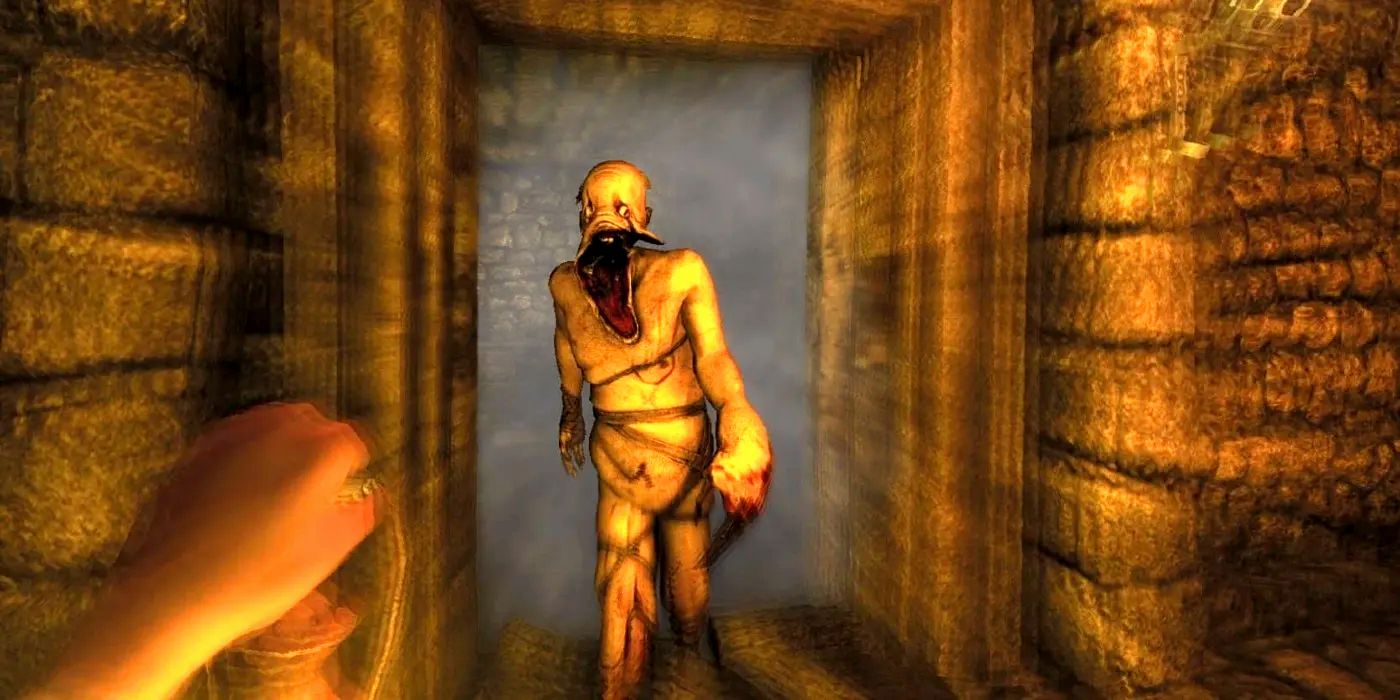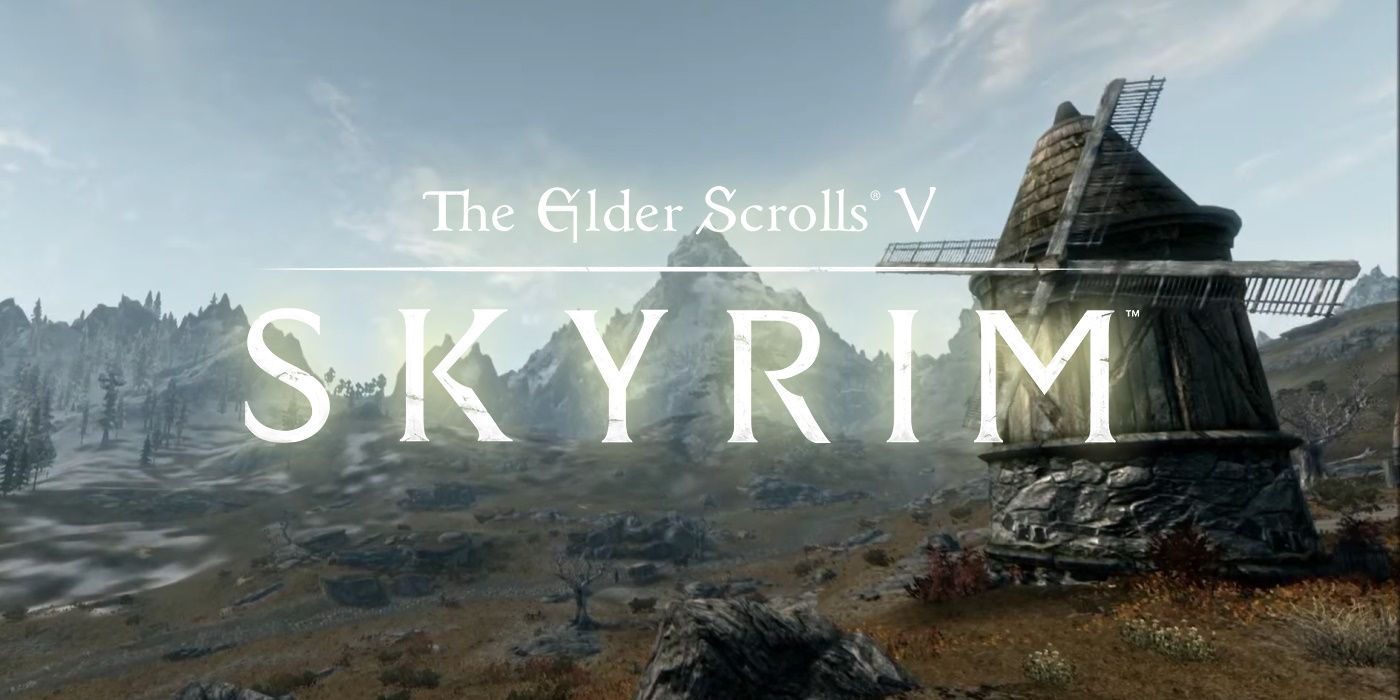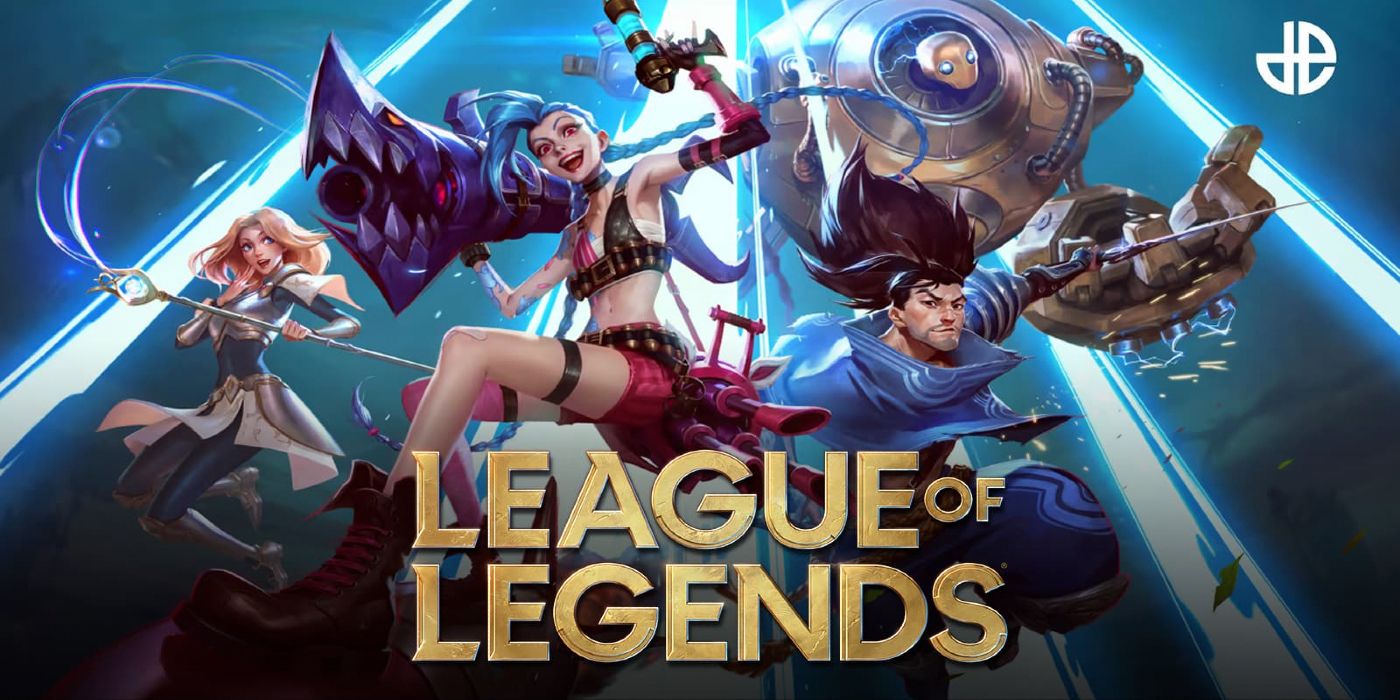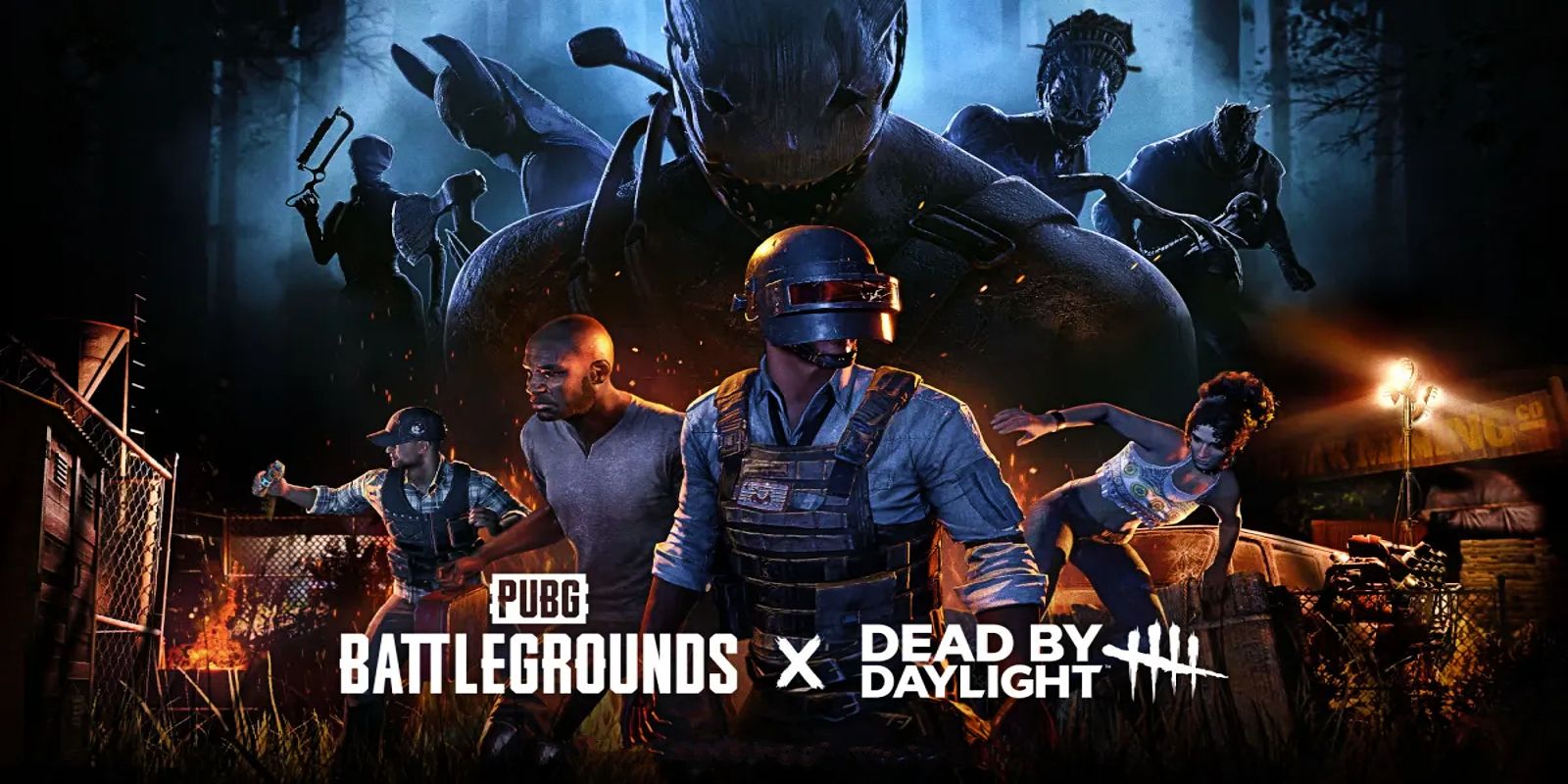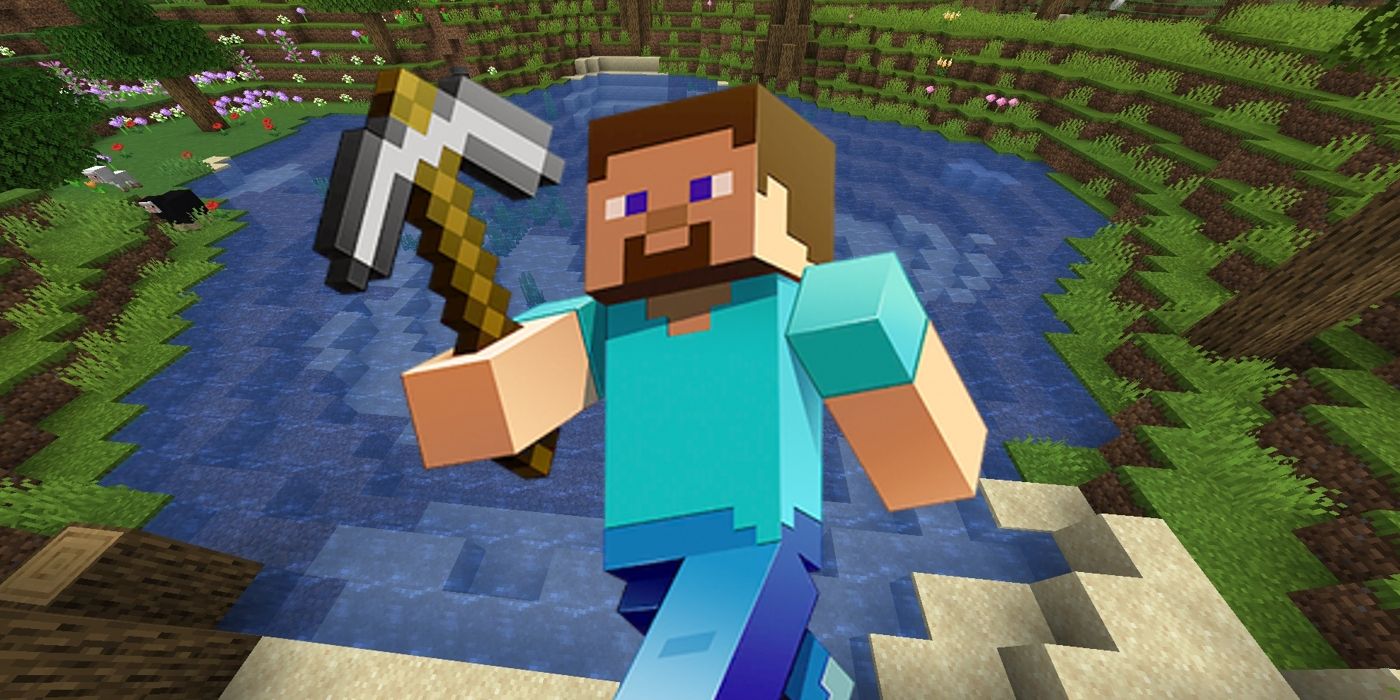It’s 2023, and gaming is bigger than it’s ever been. With highly anticipated games such as The Legend of Zelda: Tears of the Kingdom and Starfield coming out soon, it’s nice to take a look back at the decade before. The 2010s were a milestone for the gaming industry in many ways.
This was the generation that truly established gaming as a household name and not just a niche hobby. Indie darlings, esports giants, and Soulslikes galore, the 2010s started a whole lot of trends and innovations, all of which can be traced back to some truly awesome games.
Undertale (2015)
Earthbound Blues
Undertale is far from the first game to be inspired by Earthbound (games such as Lisa the Painful preceded it, for example), but it’s undeniable that Undertale was a pop culture craze. People fell in love with its colorful cast of characters and subversive deconstruction of “gaming” as a whole. It’s a simple, charming yet surprisingly emotional experience.
Thanks to Undertale, games like Omori and Oneshot would find even more success in the future since gamers were clamoring for those same vibes. Obscure games such as OFF (which Undertale was directly influenced by) also got more attention among indie fans. Toby Fox is currently working on the final few chapters of Deltarune. Most fans expect it to be a trendsetter in its own right.
Binding Of Isaac (2011)
Roguelite Renaissance
Binding of Isaac is the visceral black comedy game about a young boy being tormented in his mother’s basement. Despite the morbid premise, its weirdly charming art style and addictive gameplay loop made Binding of Isaac a massive indie success and would start the trend of roguelites becoming a staple of the indie genre.
Several games such as Crawl, Enter the Gungeon, Vampire Survivors, and of course, Hades can trace their success back to Binding of Isaac’s runaway success. There’s always been a market for the “bash head against the wall until head goes through” style that roguelite games excel at.
Super Meat Boy (2010)
Hardcore Platforming
Binding of Isaac wasn’t the first cutesy gross indie darling to grace the gaming world. Super Meat Boy can be thanked for starting a new age of ultra-hard platforming for a new generation of gamers. While I Wanna Be The Guy precedes Super Meat Boy, it was Super Meat Boy that really broke into the mainstream thanks to its charming art style and regular updates.
Super Meat Boy paved the way for platformers such as Celeste, Cuphead, and Spelunky to find widespread success. Platforming is practically a cornerstone of when gaming started to be “different” in people’s eyes, so it’s nice to see that the genre keeps getting wonderful titles to this day. Even if the genre does tend to cause some gamer moments with certain folks.
Doom (2016)
The Return Of “Boomer Shooters”
For a good while, the 2000s up to the early 2010s were oversaturated by Call of Duty and Counter-Strike clones. Even non-military first-person shooters tended to fall into the industry standard of linear corridors that railroad the player. Suddenly, Doom 2016 reminded gamers how it innovated gaming decades before.
Gone are the linear maps and grounded realism, Doom 2016 leaned into its over-the-top roots. Levels were a maze of hidden rooms and light platforming. Combat was fast-paced and focused on spectacle. Even the character designs and story were similarly campy, giving way to the return of fast-paced arcade shooters in the mainstream.
Dark Souls (2011)
Soulslikes
Although many Demon Souls fans will insist they came first, it’s still Dark Souls that popularized what is now known as the Soulslike genre of video games. While the definition of Soulslike wanes and waxes, the core takeaway is that games designed to be hard and punish players have a huge market.
Thanks to Dark Souls, FromSoftware has developed a highly successful niche that blends elements of Metroidvania-style games with tactical combat. Games outside of the company such as Nioh, Hollow Knight, and Surge 2 also found success among hardcore gaming fans. Dark Souls will likely be seen in the same vein as Doom was as far as starting a new “genre” goes.
Overwatch (2016)
Hero Shooters
MOBAs were already a big market thanks to the popularity of DOTA and League of Legends. However, they all mostly played the same, as arena battlers from an isometric perspective with a huge cast of heroes. Blizzard (before the bad times) innovated the genre by taking notes from Team Fortress 2 and streamlining it for a competitive market. On top of that, Overwatch’s cast of characters is some of the best designs Blizzard has made.
It also helped that the early days of Overwatch got a lot more frequent updates than Team Fortress 2 ever did, causing Overwatch to explode in popularity upon its release. Thanks to its success, games such as Valorant and Apex: Legends also found immense success, though changing their respective styles a bit.
Amnesia: The Dark Descent (2010)
Survival Horror
Although gems such as Bioshock and Dead Space would keep the horror genre chugging along, it wouldn’t experience a boom of popularity until the release of Amnesia: The Dark Descent. Unlike many games before it, Amnesia took away all forms of combat from the player, forcing them to only run and hide from the monsters that chase them.
This simple yet highly effective gameplay loop started the boom of a new era for horror. Many horror games such as Slender, Outlast, and Alien: Isolation took cues from the run-and-hide approach that Amnesia popularized. Even true AAA giants such as Capcom followed this trend with Resident Evil 7, which returned the franchise to its slower-paced roots.
Skyrim (2011)
A New Kind of Open World
Open-world games typically followed the Rockstar formula before Skyrim arrived at the scene. Afterward, it can be argued that the open-world genre started seeing true innovation. The infamous quote “Far Cry 3 is like Skyrim with guns” wouldn’t be so hilarious if Skyrim hadn’t set the tone for open-world games moving forward.
The popularity of Skyrim certainly gave publishers the confidence to try out their own open-world games. While the quality has varied, from the rather lifeless worlds of the average Ubisoft game to the incredibly innovative Legend of Zelda: Breath of the Wild, it’s certainly a good time to be a fan of exploring new worlds.
League Of Legends (2009)
The Esports Craze
Although esports already existed before League of Legends’ late 2009 release, it wasn’t until 2011 when League of Legends held its Season 1 World Championship that it took the esports industry to a whole new level of mainstream popularity. From a moderate $100,000, the success of Season 1 led Riot to announce a whopping $2,000,000 pot for the second season.
From there, games such as Dota 2, Counter-Strike: Global Offensive, and Rainbow Six: Siege took the esports ball and ran with it, leading their own incredibly successful forays into the world of professional esports. To this day, professional esports has become a staple of modern multiplayer games, and millions tune in for these events every year.
PUBG (2017)
Battle Royale
Fortnite is the current undisputed lord of the Battle Royale genre, but it was PUBG that started the trend. Fortnite simply took the ball and ran with it. While Minecraft’s “Hunger Games” servers preceded the likes of DayZ and PUBG, there’s no doubt that it was PUBG that really elevated the game to its mainstream status.
Although Fortnite has the child demographic on lock, PUBG still attracts a lot of players in its own right. PUBG being more of a military shooter sim in the vein of ARMA makes it more tactical than the more arcadey Fortnite. Regardless, PUBG is responsible for the influx of accessible Battle Royale games in the mainstream.
Minecraft (2011)
Crafting Survival And More
Without a doubt, Minecraft is the most influential game of the 2010s. Many facets of it can be seen in both the indie and AAA worlds. The Battle Royale genre started picking up steam with Hunger Games-style servers. Although DayZ devs don’t claim any direct influence, the popularity of Minecraft’s Survival games certainly got the Battle Royale genre rolling.
Its bigger inspiration is the Crafting and Survival aspects that can be found in many indie games today. Don’t Starve, RUST, The Forest, and 7 Days to Die all trace their inspirations back to Minecraft. Minecraft remains one of the biggest mass-appeal games ever made and gets regular updates to this very day.

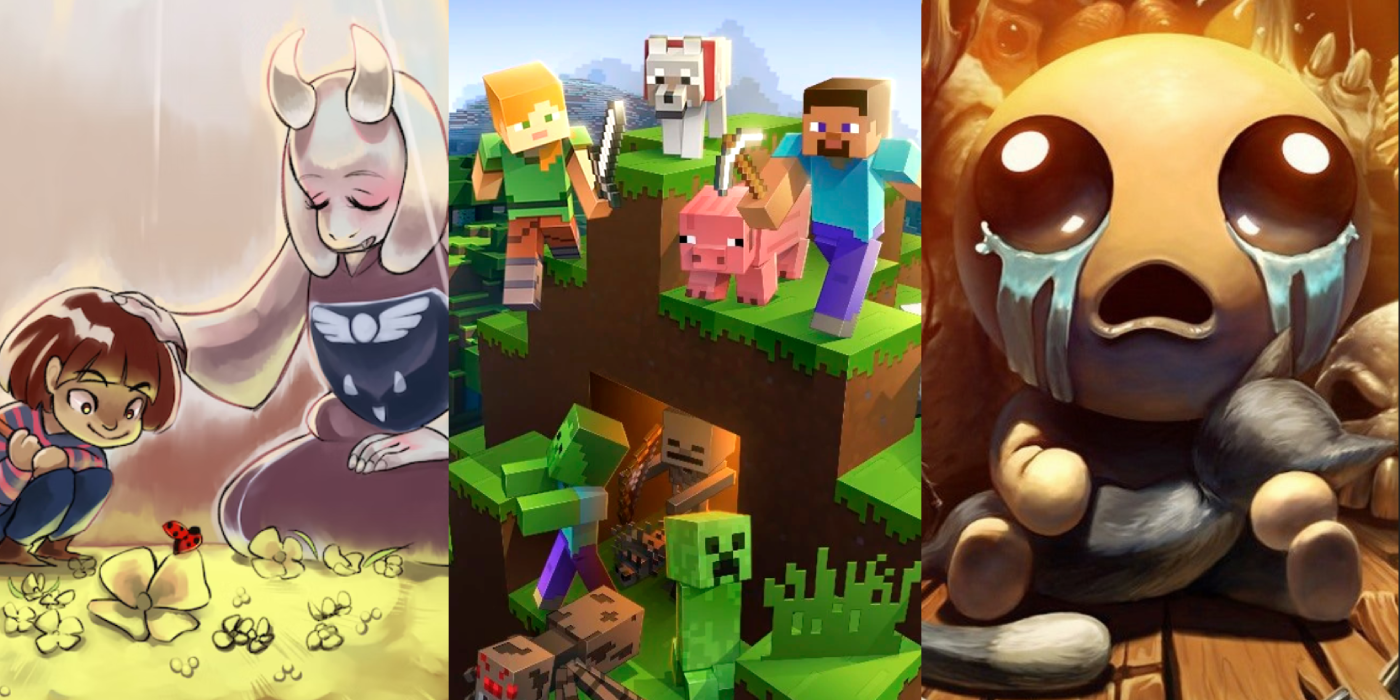
-2.png)
